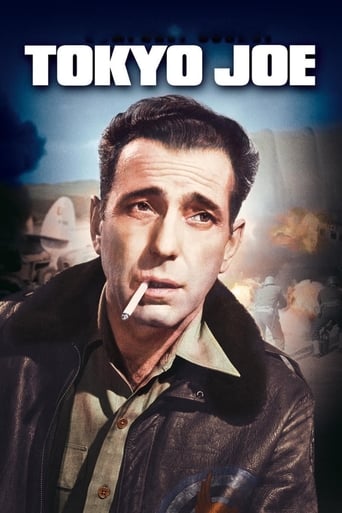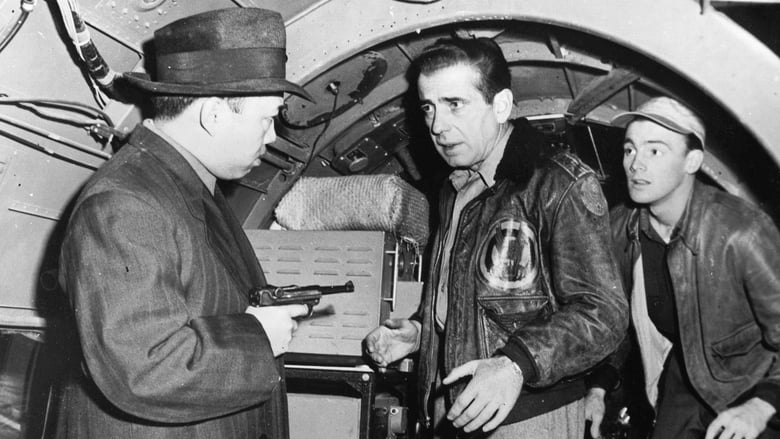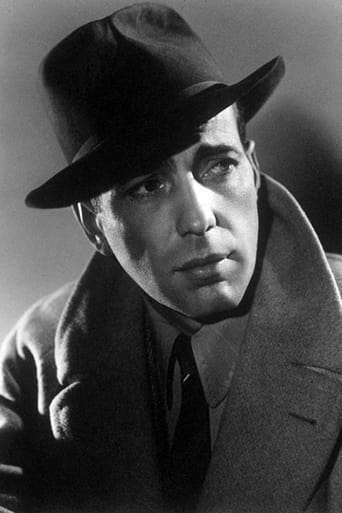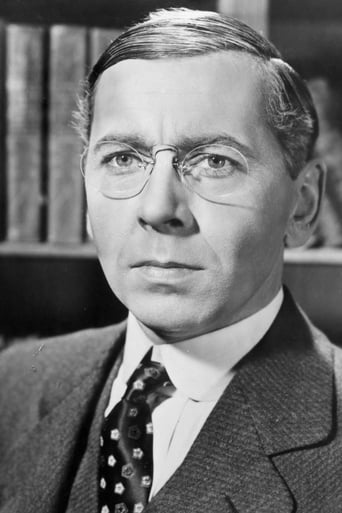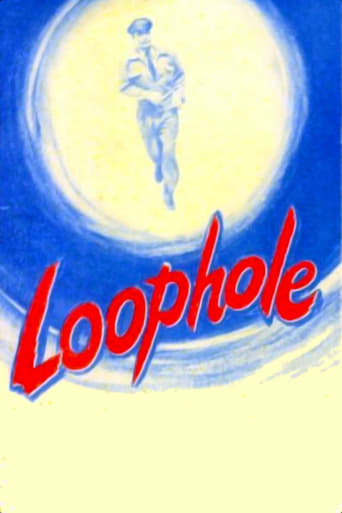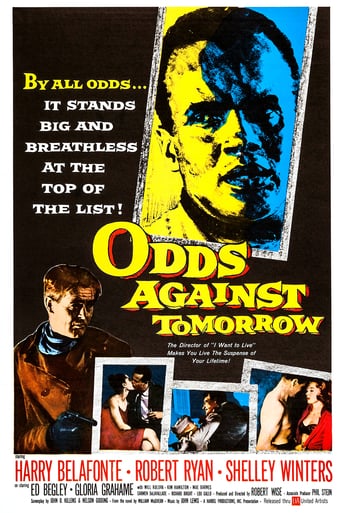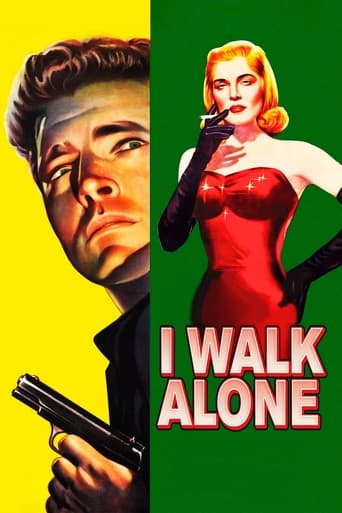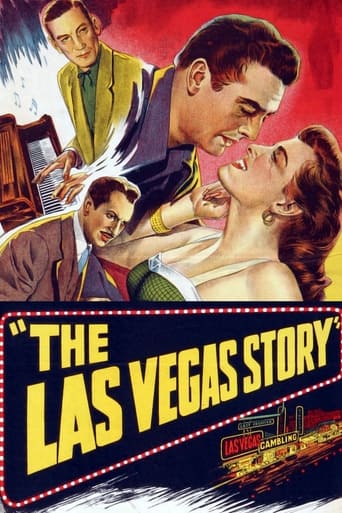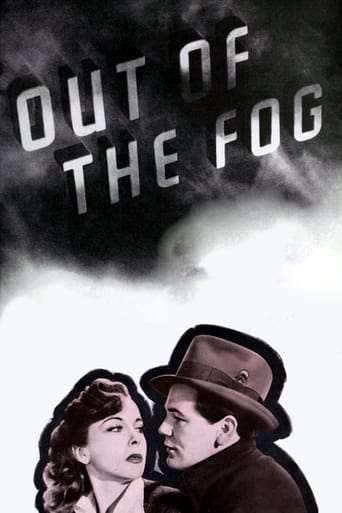Tokyo Joe (1949)
An American returns to Tokyo to try to pick up threads of his pre-World War II life there but finds himself squeezed between criminals and the authorities.
Watch Trailer
Cast


Similar titles
Reviews
I like the storyline of this show,it attract me so much
Through painfully honest and emotional moments, the movie becomes irresistibly relatable
I didn’t really have many expectations going into the movie (good or bad), but I actually really enjoyed it. I really liked the characters and the banter between them.
All of these films share one commonality, that being a kind of emotional center that humanizes a cast of monsters.
"Tokyo Joe" from 1949 was the first film that was allowed to film in post-war Japan. Produced by Bogart's Santana Productions, it's just fair.Bogart plays Joe Barrett, who returns to Japan after the war to start a business. While there, he discovers that his wife Trina (Florence Marly) is still alive. However, when he finds her, he discovers that she has divorced him and remarried a man named Mark Landis (Alexander Knox). Joe is determined to get her back and needs to extend his visa; he is approached by Baron Kimura (Sessue Hayakawa) who wants him to front an airline freight company for him. He would be importing frozen frogs. However, there is some additional freight, and for that, Kimura blackmails Joe by telling him what Trina was involved in during the war, which he will make public if Joe doesn't work with him.This film bears a passing resemblance to Casablanca, and Bogart is clearly going through a transition which would lead to some of his greatest films and performances in the '50s. Rick of Casablanca is clearly pretty tired out. Being a small company, Santana Productions did not make big films or hire actors equal to Bogart, so the effect here is mediocre.Florence Marly as Trina is a disaster - cold, very haughty looking, without much acting ability. It's impossible to see why Joe fell for her in the first place. She is no Ilse Lund, and she has no chemistry with Bogart. Her intentions are very unclear as well - as an actress, it doesn't look like she made any decisions about the character. Alexander Knox and Sessue Hayakawa are very good. Bogart, for my money, is always terrific.Definitely worth seeing for the Japanese location and for Bogart. It's not horrendous, but considering that Bogart starred in so many classic films, it's not that good.
Two charismatic actors (Bogart and Hayakawa), two exceptional performances (Teru Shimada and Alexander Knox), and two powerful scenes redeem this otherwise disappointing film.First, the disappointments: director Heisler and leading lady Marly. Both clearly earned their downward-spiraling careers, each ending up cranking out small-screen stuff like "77 Sunset Strip." Equally disappointing is the on-location filming-- not that it's bad. It memorably exposes the destruction of Tokyo (half the city was bombed to rubble by us); unfortunately, the vintage footage is put in amateurish hands, resulting in painfully obvious use of rear projection when Bogart himself is in the frame, or painfully obvious use of a double wearing a trench coat and fedora.The two powerful scenes occur in the final half hour, and they are noteworthy if only because they remind modern audiences that brutal scenes do not need to be bloody scenes:First, we're in a cargo plane en route back to Japan, and though there is no explicit violence, the danger is palpable because the audience knows that the war criminals on board are capable of absolutely anything. Second, a rare portrayal of seppuku, filmed in a way that relies entirely on the actor's expressions to convey the barbarity of what he is doing to himself — and he succeeds so well that you simultaneously can't take your eyes off his face, and can't stand to watch.Both scenes have far more do with Japanese characters than with Americans, and that is the real strength of this film: The Japanese are not treated as clichés of cruelty-- or of comedy, as they are in the artlessly racist "Lost in Translation" (2003). In "Tokyo Joe," the Japanese are every bit as complex as the Americans, if not more so. Their characters are the losers of the war, after all, the people learning to live, as one of them says, "in shame."
This is a Humphrey Bogart movie you don't often hear about. I found it to be interesting and believe it or not I think better than some of his earlier movies. Joe Barrett(Bogart)has turned in his Army clothes and returns to post WWII Tokyo to check on a bar that he co-owns; and to check on his wife Trina(Florence Marly), who has since divorced him and married an important man in Tokyo, Mark Landis(Alexander Knox). Joe ends up getting involved into smuggling exiled criminals back into Japan. Well photographed. A touching relationship between Bogart and the young Lora Lee Michel, who plays Trina's daughter. Other players include: Sessue Hayakawa, Jerome Courtland, Teru Shimada and Hideo Mori.
"Tokyo Joe" is rightly called a "lesser Bogart effort." In fact, there is much in this film that obviously derives from earlier Bogart classics, especially "Casablanca." However, this Santana production/Columbia release is by no means without its interesting points. I would point to Alexander Knox's performance in a supporting role, for one. Sessue Hayakawa, as the old fascist surviver, is also good.On the other hand, Florence Marly is pretty weak as the love interest and the plot is somewhat routine. The main plot problem is the Bogart/Marly relationship. There is just too much resemblance to the relationship between Rick and Ilsa in "Casablanca." When you add in Marly's unconvincing performance, the chances of a having a first-rate film are slim. I must also add, reluctantly, that Bogie seems to be walking through this role, much as he did in another Santana film, "Sirocco" (1951).That brings me to my final point. Bogart had started Santana Productions in about 1948. "Knock On Any Door" was the company's first effort, and it was somewhat popular at the time. "Tokyo Joe" was the second Santana production. As a small start-up independent production company, Santana did not have a stable of outstanding actors to call upon. Perhaps that is why they had to make due with a Florence Marly instead of a top female lead to go opposite Bogart.It's also true that "Chain Lightning," 1950, Bogie's next to last Warner Bros. release, wasn't so hot. Maybe the era of the tough but decent Bogart character had simply run its course.I might add here that the third Santana production was "In a Lonely Place," 1950, one of Humphrey Bogart's best, though perhaps most under-appreciated, films.Give "Tokyo Joe" a try. It's no world beater, but I have watched it several times, and still find it entertaining.

